Reportar esta entrada
Más sobre la misma comunidad-colección
Fiesta de Cumpleaños de Dr. Seuss ofrecida por JLEP
Ruby Jubilee 2013-2014 Dr. Seuss’ Birthday Party Houchen ...
UTEP football half time After 9-11
The UTEP band honored America during its half time show shortly ...
Fiesta de Cumpleaños de Dr. Seuss ofrecida por JLEP
Ruby Jubilee 2013-2014 Dr. Seuss’ Birthday Party Houchen ...
9-11 Memorial Ceremony October 11, 2001
Hundreds of people gathered at the El Paso Civic Center on ...
9-11 Memorial Ceremony October 11, 2001
Shock and grief but tremendous pride were the feelings that most ...
JLEP y el Museo Centenario de UTEP
Ruby Jubilee 2013-2014 UTEP Centennial Museum (Original Project ...
9-11 Memorial Ceremony October 11, 2001
A makeshift memorial was created outside the Civic Center where ...
JLEP y el Museo Centenario de UTEP
Ruby Jubilee 2013-2014 UTEP Centennial Museum (Original Project ...
9-11 Memorial Ceremony October 11, 2001
Civic leaders and ordinary citizens gathered together to honor ...
My Children at 9-11 Memorial Ceremony October 11, 2001
My children sharing their pain and grief but also their hope and ...
Sra. Eleanor Caldwell, miembro de JLEP
Mrs. Eleanor Caldwell Member of the first Junior League of El ...
Sra. Gerturde Bernerman, miembro de JLEP
Mrs. Gerturde Bernerman Member of the first Junior League of El ...
Miembro de Consejo Directivo de JLEP
Junior League of El Paso Board Member The Junior League of El ...

















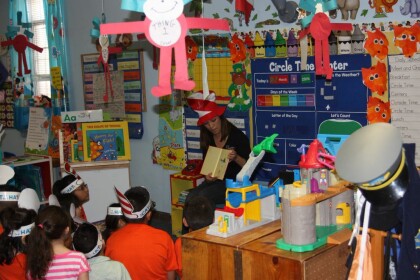
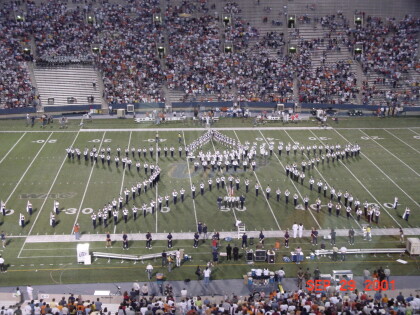

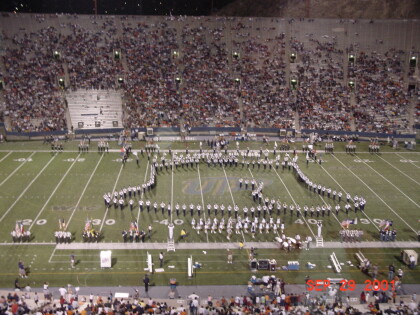
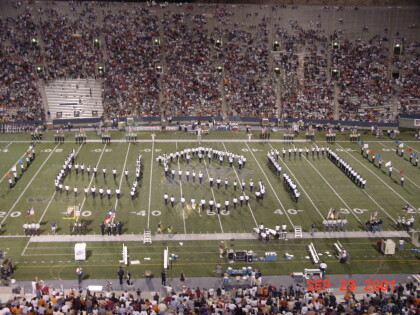
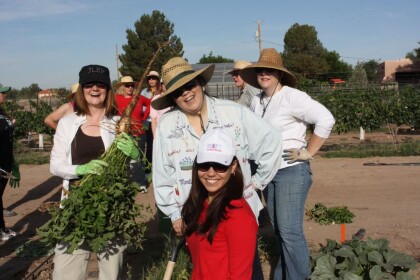
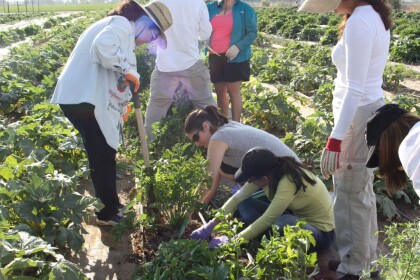
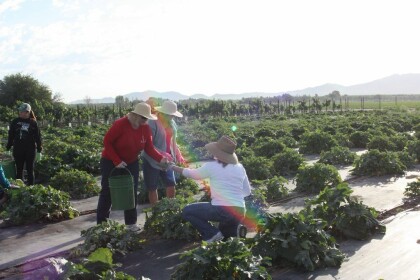
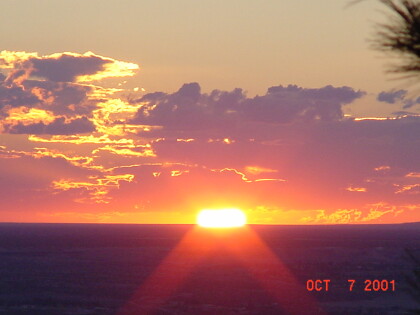
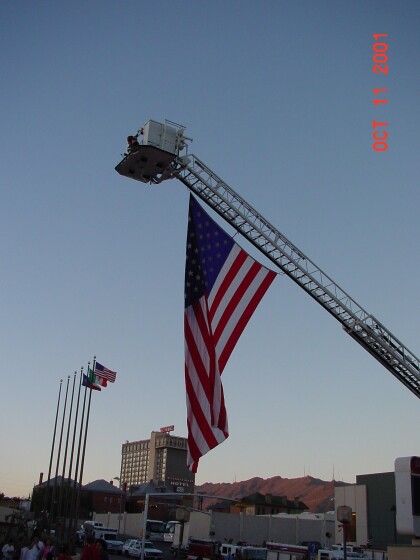
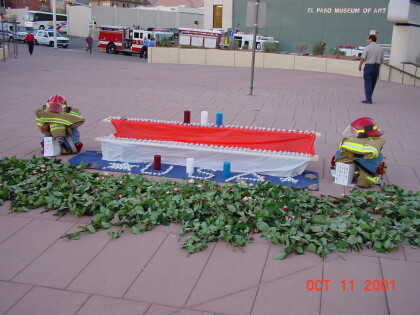
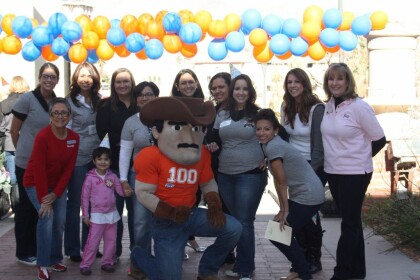
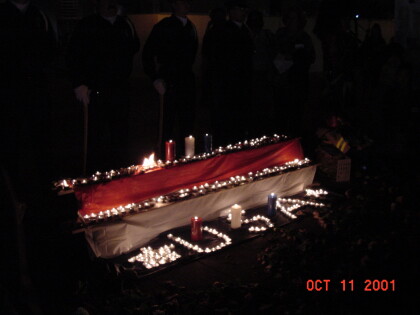

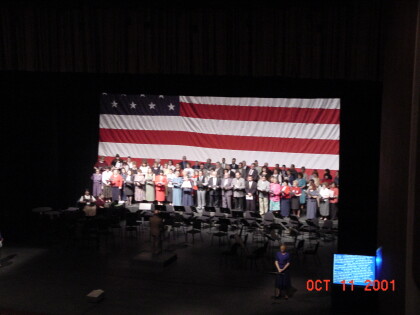
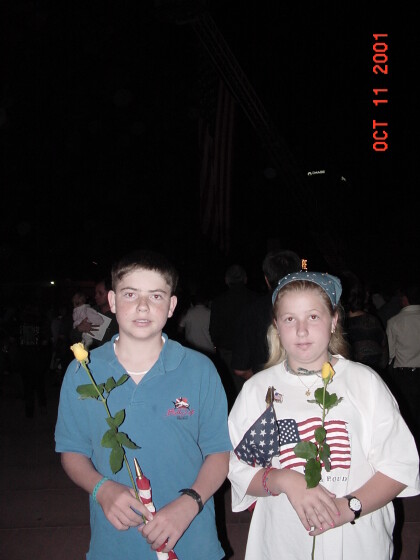


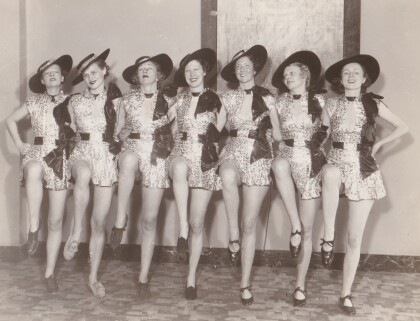
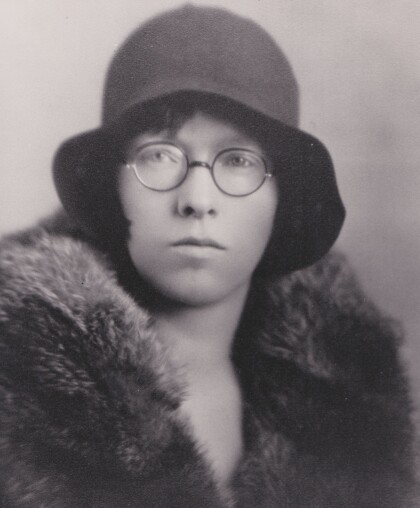
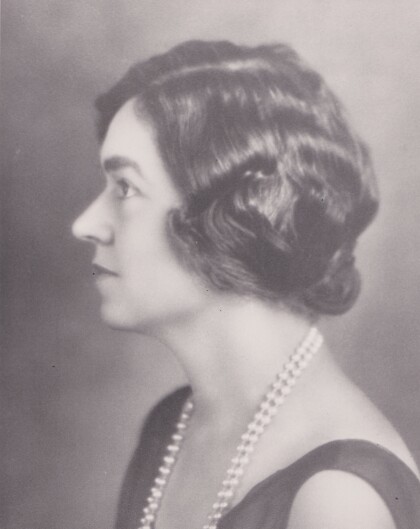
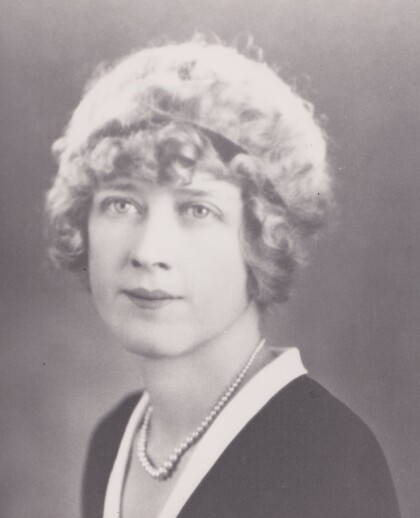
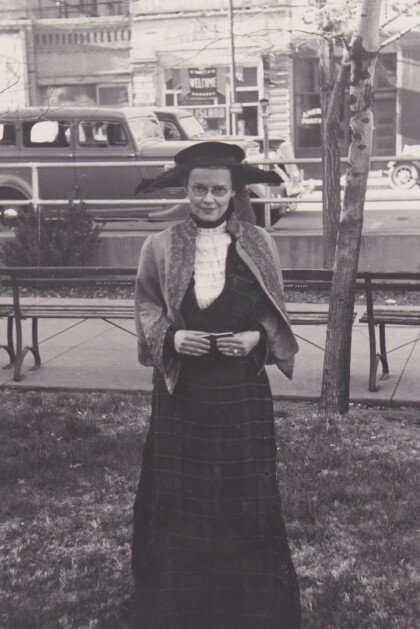
Comentarios
Hacer un comentario